

Arts of China, Thursday, October 24, 2019 through TBA (Image: DIG_E_2019_Arts_Of_China_01_PS11.jpg Photo: Jonathan Dorado photograph, 2019)

Arts of China, Thursday, October 24, 2019 through TBA (Image: DIG_E_2019_Arts_Of_China_02_PS11.jpg Photo: Jonathan Dorado photograph, 2019)

Arts of China, Thursday, October 24, 2019 through TBA (Image: DIG_E_2019_Arts_Of_China_03_PS11.jpg Photo: Jonathan Dorado photograph, 2019)

Arts of China, Thursday, October 24, 2019 through TBA (Image: DIG_E_2019_Arts_Of_China_04_PS11.jpg Photo: Jonathan Dorado photograph, 2019)

Arts of China, Thursday, October 24, 2019 through TBA (Image: DIG_E_2019_Arts_Of_China_05_PS11.jpg Photo: Jonathan Dorado photograph, 2019)

Arts of China, Thursday, October 24, 2019 through TBA (Image: DIG_E_2019_Arts_Of_China_06_PS11.jpg Photo: Jonathan Dorado photograph, 2019)

Arts of China, Thursday, October 24, 2019 through TBA (Image: DIG_E_2019_Arts_Of_China_07_PS11.jpg Photo: Jonathan Dorado photograph, 2019)

Arts of China, Thursday, October 24, 2019 through TBA (Image: DIG_E_2019_Arts_Of_China_08_PS11.jpg Photo: Jonathan Dorado photograph, 2019)

Arts of China, Thursday, October 24, 2019 through TBA (Image: DIG_E_2019_Arts_Of_China_09_PS11.jpg Photo: Jonathan Dorado photograph, 2019)

Arts of China, Thursday, October 24, 2019 through TBA (Image: DIG_E_2019_Arts_Of_China_10_PS11.jpg Photo: Jonathan Dorado photograph, 2019)
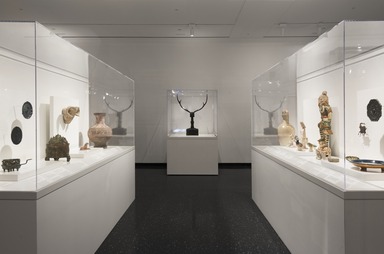
Arts of China, Thursday, October 24, 2019 through TBA (Image: DIG_E_2019_Arts_Of_China_11_PS11.jpg Photo: Jonathan Dorado photograph, 2019)
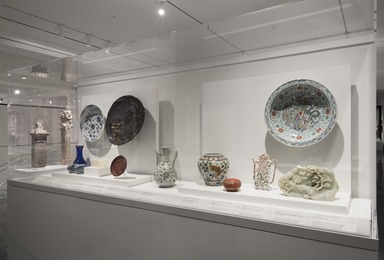
Arts of China, Thursday, October 24, 2019 through TBA (Image: DIG_E_2019_Arts_Of_China_12_PS11.jpg Photo: Jonathan Dorado photograph, 2019)

Arts of China, Thursday, October 24, 2019 through TBA (Image: DIG_E_2019_Arts_Of_China_13_PS11.jpg Photo: Jonathan Dorado photograph, 2019)

Arts of China, Thursday, October 24, 2019 through TBA (Image: DIG_E_2019_Arts_Of_China_14_PS11.jpg Photo: Jonathan Dorado photograph, 2019)

Arts of China, Thursday, October 24, 2019 through TBA (Image: DIG_E_2019_Arts_Of_China_15_PS11.jpg Photo: Jonathan Dorado photograph, 2019)

Arts of China, Thursday, October 24, 2019 through TBA (Image: DIG_E_2019_Arts_Of_China_16_PS11.jpg Photo: Jonathan Dorado photograph, 2019)

Arts of China, Thursday, October 24, 2019 through TBA (Image: DIG_E_2019_Arts_Of_China_17_PS11.jpg Photo: Jonathan Dorado photograph, 2019)

Arts of China, Thursday, October 24, 2019 through TBA (Image: DIG_E_2019_Arts_Of_China_18_PS11.jpg Photo: Jonathan Dorado photograph, 2019)

Arts of China, Thursday, October 24, 2019 through TBA (Image: DIG_E_2019_Arts_Of_China_19_PS11.jpg Photo: Jonathan Dorado photograph, 2019)

Arts of China, Thursday, October 24, 2019 through TBA (Image: DIG_E_2019_Arts_Of_China_20_PS11.jpg Photo: Jonathan Dorado photograph, 2019)

Arts of China, Thursday, October 24, 2019 through TBA (Image: DIG_E_2019_Arts_Of_China_21_PS11.jpg Photo: Jonathan Dorado photograph, 2019)
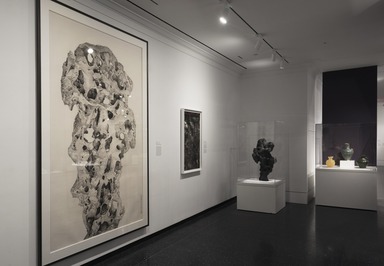
Arts of China, Thursday, October 24, 2019 through TBA (Image: DIG_E_2019_Arts_Of_China_22_PS11.jpg Photo: Jonathan Dorado photograph, 2019)

Arts of China, Thursday, October 24, 2019 through TBA (Image: DIG_E_2019_Arts_Of_China_23_PS11.jpg Photo: Jonathan Dorado photograph, 2019)

Arts of China, Thursday, October 24, 2019 through TBA (Image: DIG_E_2019_Arts_Of_China_24_PS11.jpg Photo: Jonathan Dorado photograph, 2019)

Arts of China, Thursday, October 24, 2019 through TBA (Image: DIG_E_2019_Arts_Of_China_25_PS11.jpg Photo: Jonathan Dorado photograph, 2019)

Arts of China, Thursday, October 24, 2019 through TBA (Image: DIG_E_2019_Arts_Of_China_26_PS11.jpg Photo: Jonathan Dorado photograph, 2019)

Arts of China, Thursday, October 24, 2019 through TBA (Image: DIG_E_2019_Arts_Of_China_27_PS11.jpg Photo: Jonathan Dorado photograph, 2019)
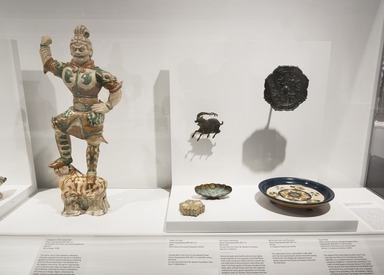
Arts of China, Thursday, October 24, 2019 through TBA (Image: DIG_E_2019_Arts_Of_China_28_PS11.jpg Photo: Jonathan Dorado photograph, 2019)
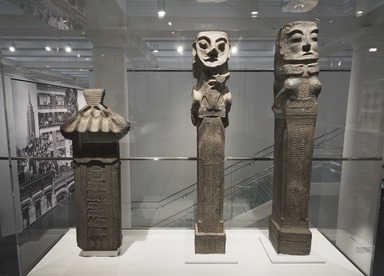
Arts of China, Thursday, October 24, 2019 through TBA (Image: DIG_E_2019_Arts_Of_China_29_PS11.jpg Photo: Jonathan Dorado photograph, 2019)
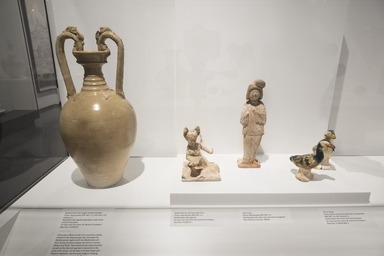
Arts of China, Thursday, October 24, 2019 through TBA (Image: DIG_E_2019_Arts_Of_China_30_PS11.jpg Photo: Jonathan Dorado photograph, 2019)

Arts of China, Thursday, October 24, 2019 through TBA (Image: DIG_E_2019_Arts_Of_China_31_PS11.jpg Photo: Jonathan Dorado photograph, 2019)

Arts of China, Thursday, October 24, 2019 through TBA (Image: DIG_E_2019_Arts_Of_China_32_PS11.jpg Photo: Jonathan Dorado photograph, 2019)

Arts of China, Thursday, October 24, 2019 through TBA (Image: DIG_E_2019_Arts_Of_China_33_PS11.jpg Photo: Jonathan Dorado photograph, 2019)

Arts of China, Thursday, October 24, 2019 through TBA (Image: DIG_E_2019_Arts_Of_China_34_PS11.jpg Photo: Jonathan Dorado photograph, 2019)

Arts of China, Thursday, October 24, 2019 through TBA (Image: DIG_E_2019_Arts_Of_China_35_PS11.jpg Photo: Jonathan Dorado photograph, 2019)

Arts of China, Thursday, October 24, 2019 through TBA (Image: DIG_E_2019_Arts_Of_China_36_PS11.jpg Photo: Jonathan Dorado photograph, 2019)

Arts of China, Thursday, October 24, 2019 through TBA (Image: DIG_E_2019_Arts_Of_China_37_PS11.jpg Photo: Jonathan Dorado photograph, 2019)

Arts of China, Thursday, October 24, 2019 through TBA (Image: DIG_E_2019_Arts_Of_China_38_PS11.jpg Photo: Jonathan Dorado photograph, 2019)
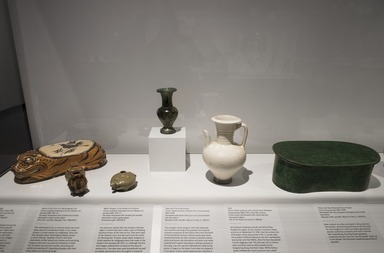
Arts of China, Thursday, October 24, 2019 through TBA (Image: DIG_E_2019_Arts_Of_China_39_PS11.jpg Photo: Jonathan Dorado photograph, 2019)
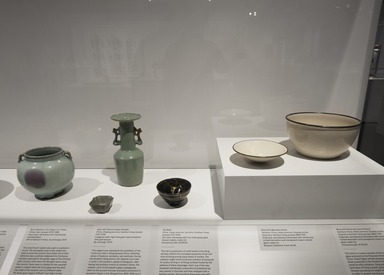
Arts of China, Thursday, October 24, 2019 through TBA (Image: DIG_E_2019_Arts_Of_China_40_PS11.jpg Photo: Jonathan Dorado photograph, 2019)

Arts of China, Thursday, October 24, 2019 through TBA (Image: DIG_E_2019_Arts_Of_China_41_PS11.jpg Photo: Jonathan Dorado photograph, 2019)
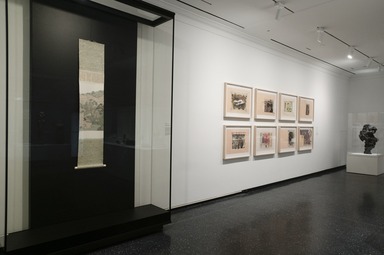
Arts of China, Thursday, October 24, 2019 through TBA (Image: DIG_E_2019_Arts_of_China_42_PS20.jpg Photo: Jonathan Dorado photograph, 2019)

Arts of China, Thursday, October 24, 2019 through TBA (Image: DIG_E_2019_Arts_of_China_43_PS20.jpg Photo: Jonathan Dorado photograph, 2019)
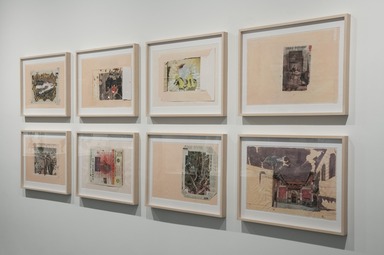
Arts of China, Thursday, October 24, 2019 through TBA (Image: DIG_E_2019_Arts_of_China_44_PS20.jpg Photo: Jonathan Dorado photograph, 2019)

Arts of China, Thursday, October 24, 2019 through TBA (Image: DIG_E_2019_Arts_of_China_45_PS20.jpg Photo: Jonathan Dorado photograph, 2019)

Arts of China, Thursday, October 24, 2019 through TBA (Image: DIG_E_2019_Arts_of_China_46_PS20.jpg Photo: Jonathan Dorado photograph, 2019)

Arts of China, Thursday, October 24, 2019 through TBA (Image: DIG_E_2023_Arts_of_China_02_PS23.jpg Photo: Andrew Brincka photograph, 2023)

Arts of China, Thursday, October 24, 2019 through TBA (Image: DIG_E_2023_Arts_of_China_DIG_01_PS23.jpg Photo: Andrew Brincka photograph, 2023)
Arts of China
-
Arts of China
China is a vast country, about the same size as the United States. Mountain ranges and deserts connect China with the Himalayas and Central Asia to the west while the Pacific Ocean borders the east. The frozen steppes in the north contrast dramatically with the thick jungles in the south, which border Southeast Asia. Histories of China tend to focus on the eastern half of the modern country, an area centered on the valleys of the Yellow and Yangzi Rivers, home to most of the population. Many Chinese dynasties had their capitals in this area, with their domains expanding and shrinking over time. But there were numerous vibrant kingdoms and cultures outside of this region, all of which contributed to the complex network of beliefs, tastes, and innovations that make up traditional Chinese culture.
Today, China is home to a population four times that of the United States. The majority is Han Chinese, people who speak several different dialects but share a common written language. As the world's largest ethnic group, Han Chinese comprise 18 percent of the global population. Of all spoken languages, Mandarin Chinese has the largest number of native speakers worldwide. China is also home to an additional 55 ethnic groups, speaking almost 300 different languages.
China has a historical record that spans almost five thousand years. It was the birthplace of numerous technologies, leading the world in the manufacture of silk, paper, gunpowder, woodblock printing, and porcelain. Within Asia, it was the first region to produce bronze and iron. China exported ideas as well as goods; many of its neighboring regions adopted the Chinese written language (the world's oldest continuously used writing system) as well as Chinese forms of governance, education, philosophy, and aesthetics. China also absorbed many new ideas and technologies from outside, as foreign forces invaded from the north and monks and merchants arrived via the overland and sea passages known as the Silk Roads, bringing foreign religions such as Buddhism. These trading routes have connected China since ancient times with the Middle East, Europe, and other parts of Asia.
The Brooklyn Museum began its focused collecting of Chinese art in 1909, when it received a gift of one of the most important collections of cloisonné outside of China and also sent a curator to China on the first of two collecting expeditions. Over the course of more than a century, through purchases and generous gifts, the Museum has amassed a collection that reveals the diversity of Chinese art and culture. In recent years, it has formed a collection of late twentieth- and twenty-first century Chinese ink painting and sculpture, reaffirming the Museum's commitment to presenting the innovation and adaptation that has historically been an integral part of Chinese art.
This installation of the Brooklyn Museum's Arts of China collection is organized by Susan L. Beningson, Assistant Curator of Asian Art.
The reinstallation is made possible by leadership support from the E. Rhodes and Leona B. Carpenter Foundation and the Freeman Foundation. -
Arts of China: New Acquisitions of Contemporary Art
Since 2014, the Brooklyn Museum has dramatically expanded its holdings of contemporary painting and sculpture by artists of Chinese descent, culminating in the acquisition of more than fifty works from the twentieth and twenty-first centuries. These works were created by established and emerging artists of different generations, using experimentation to reinterpret tradition in dynamic and innovative ways. They draw on both Eastern and Western art-making practices and mediums. They push boundaries by manipulating traditional materials and developing unique fabrication processes. In landscape paintings, the artists borrow from historical imagery but subvert its visual language and meaning. The newly acquired works focus on experimental ink painting; calligraphy and deconstructed language; and both real and imaginary landscapes, cityscapes, and celestial patterns. They respond to our present-day concerns about urbanization, the fragmentation of landscapes created by the degradation of the environment, and the rapid pace of China’s modernization, among other issues.
This special installation of new acquisitions of contemporary art celebrates the opening of the adjacent gallery for the Arts of China.





















